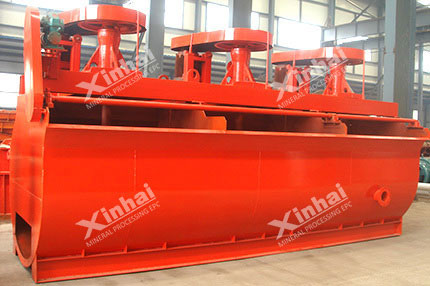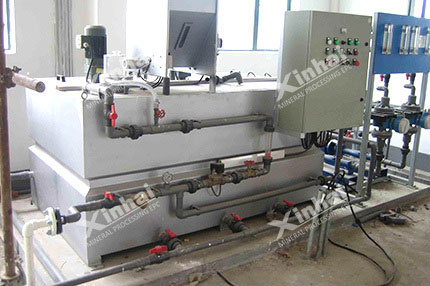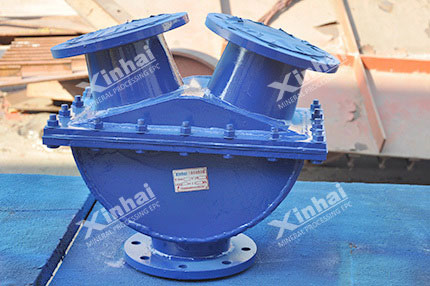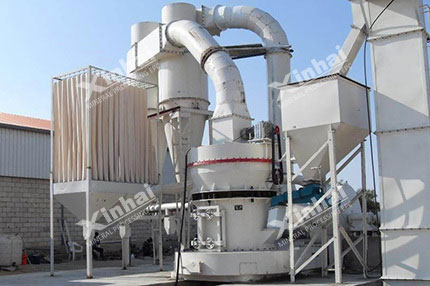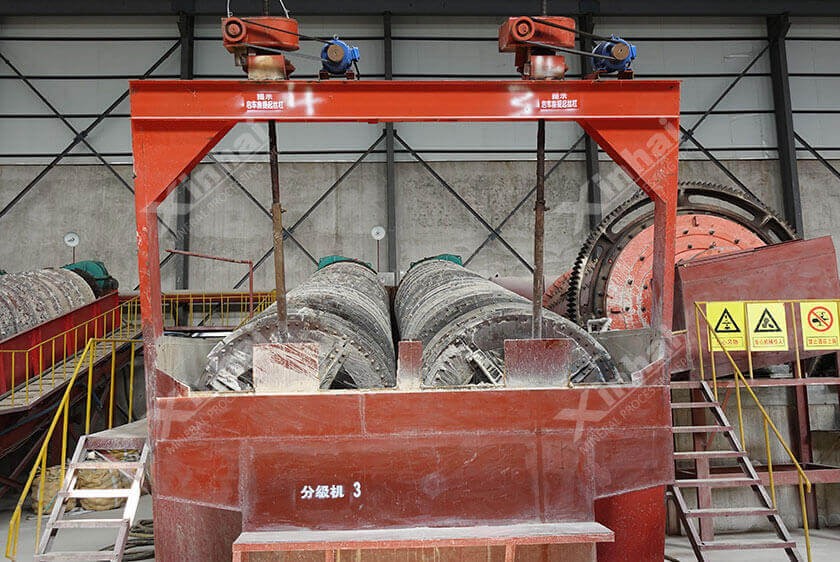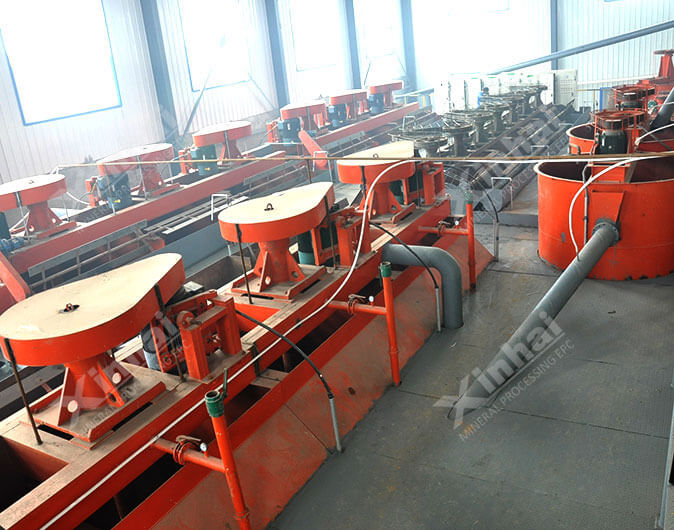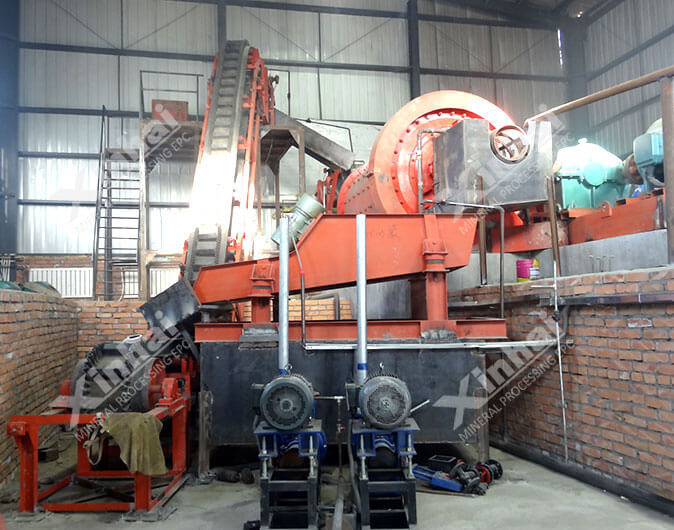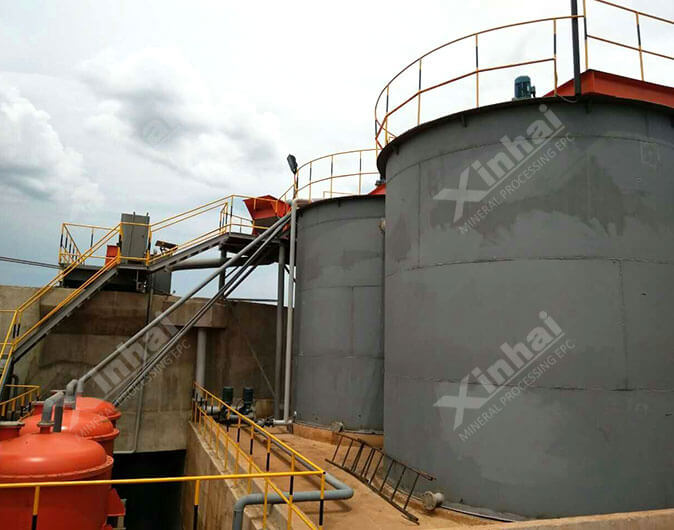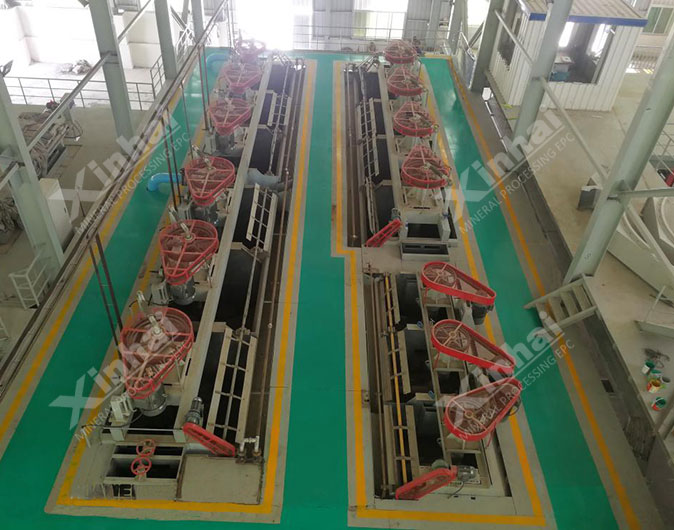Xinhai Solution
-
01
Crushing and screening: materials were fed by belt conveyor to the jaw crusher for coarse crushing; crushed materials were transported by belt conveyor to the circular vibrating screen for wet screening; oversize materials returned to the hydraulic cone crusher for fine crushing; crushed materials were sent to the circular vibrating screen for wet screening to form closed-circuit crushing. Oversize materials were sent to the fine ore bin to gain a product size of -15mm.
-
02
Grinding and classification: fine ore was fed evenly by belt conveyor to the roller-bearing grid ball mill for coarse grinding; ground materials were fed to the high-weir spiral classifier, where settled materials returned to the ball mill and overflow flowedby gravity to the separation process.
-
03
Separation: medium-field magnetic separation-desliming-indirect flotation. Ground materials flowedby gravity to the magnetic separator to remove impurities; magnetic tailings flowedby gravity to the slurry pump box and were pumped to the desliming hopper; underflow flowedby gravity to the agitation tank and mixed with reagent; the mixture flowedby gravity to the indirect flotation process comprising XCF and KYF flotation cells to remove ferric oxide and mica.
-
04
Concentrates dewatering: feldspar concentrates entered the cyclone for classification; overflow was thickened and dewatered in the desliming hopper, while underflow was mixed with materials from the hopper to constitute high-concentration slurry (over 50%) and flow by gravity to the dewatering screen. The water content of final feldspar concentrates was kept below 15%, and they were transported by belt conveyor to the concentrates dump for sales. Water under screen flowedby gravity to the pump box and was pumped to the cyclone for further classification and dewatering.



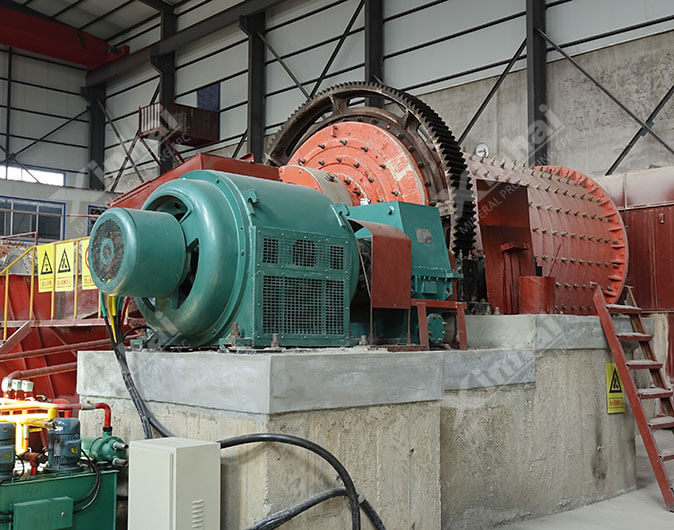
 Consult
Consult
 Leave Message
Leave Message zz540045886@gmail.com
zz540045886@gmail.com 0086 180 0117 3032
0086 180 0117 3032